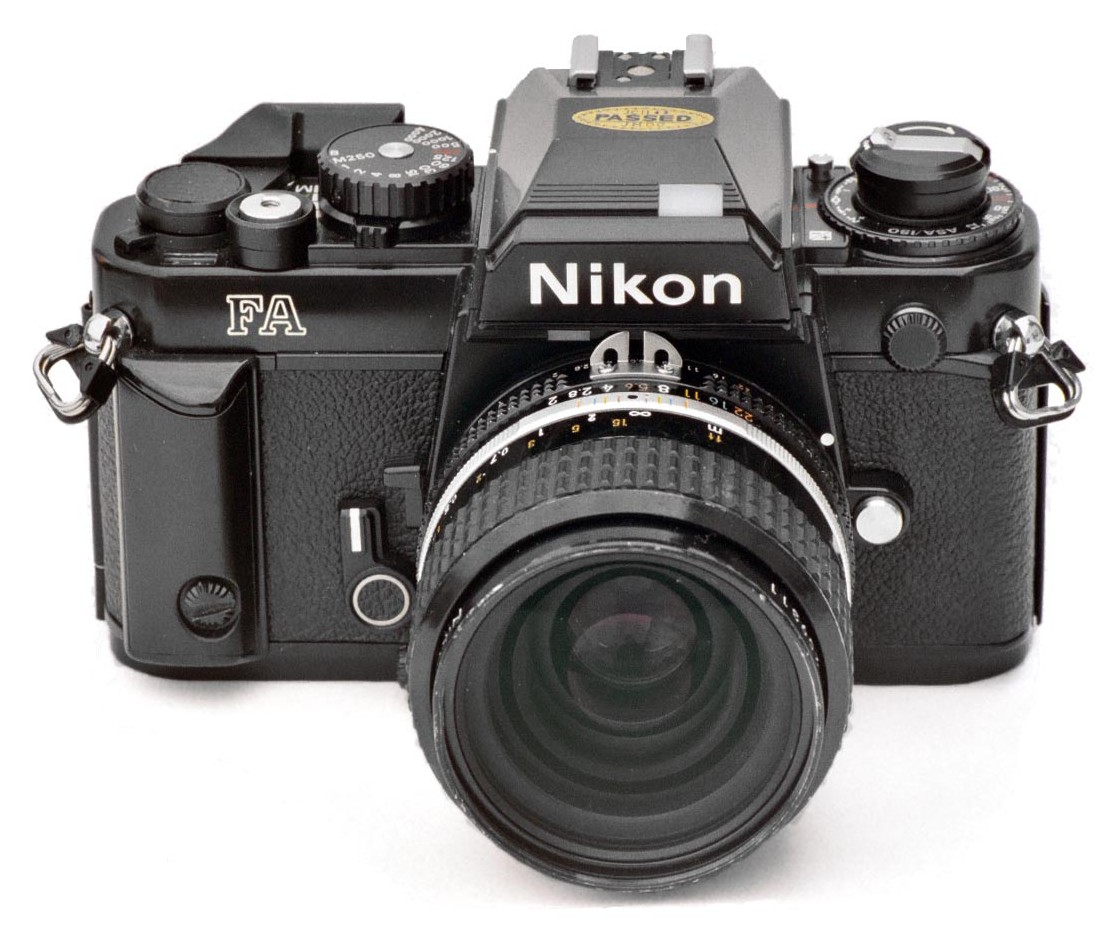
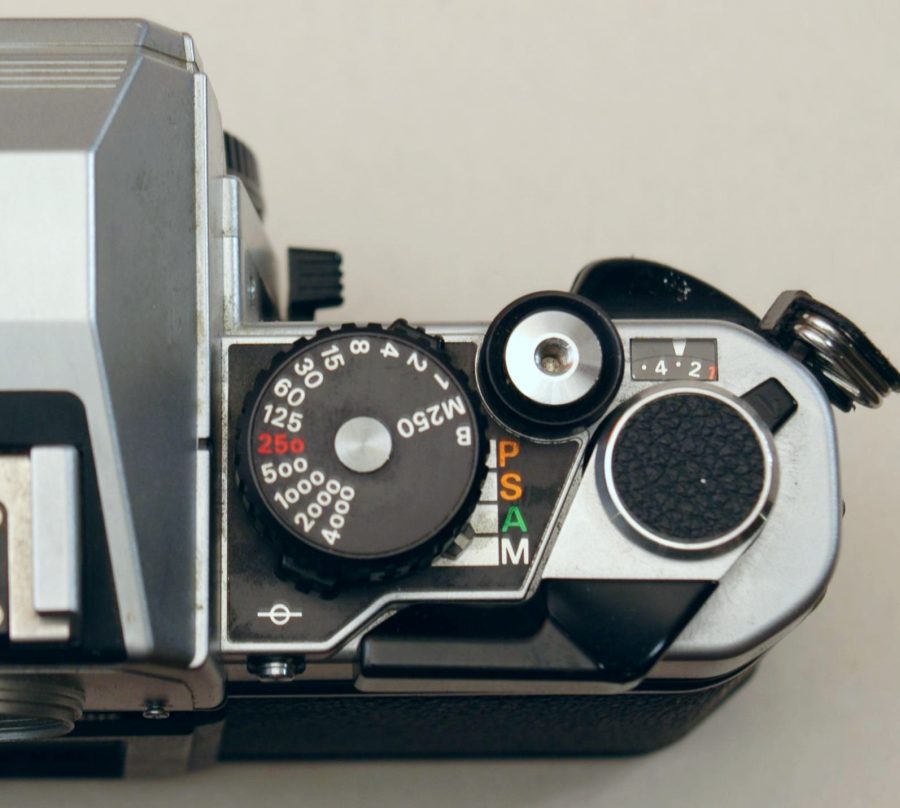
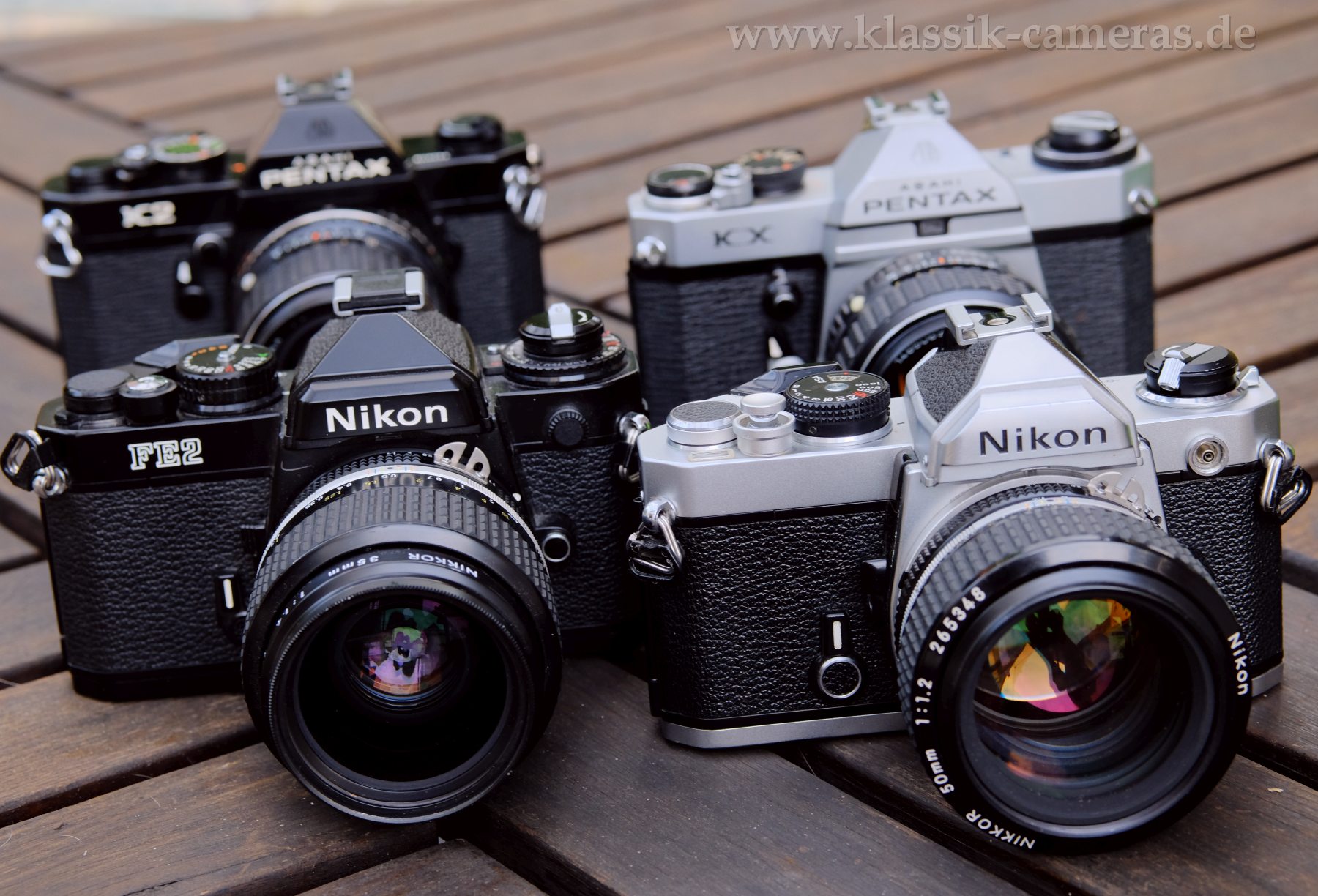
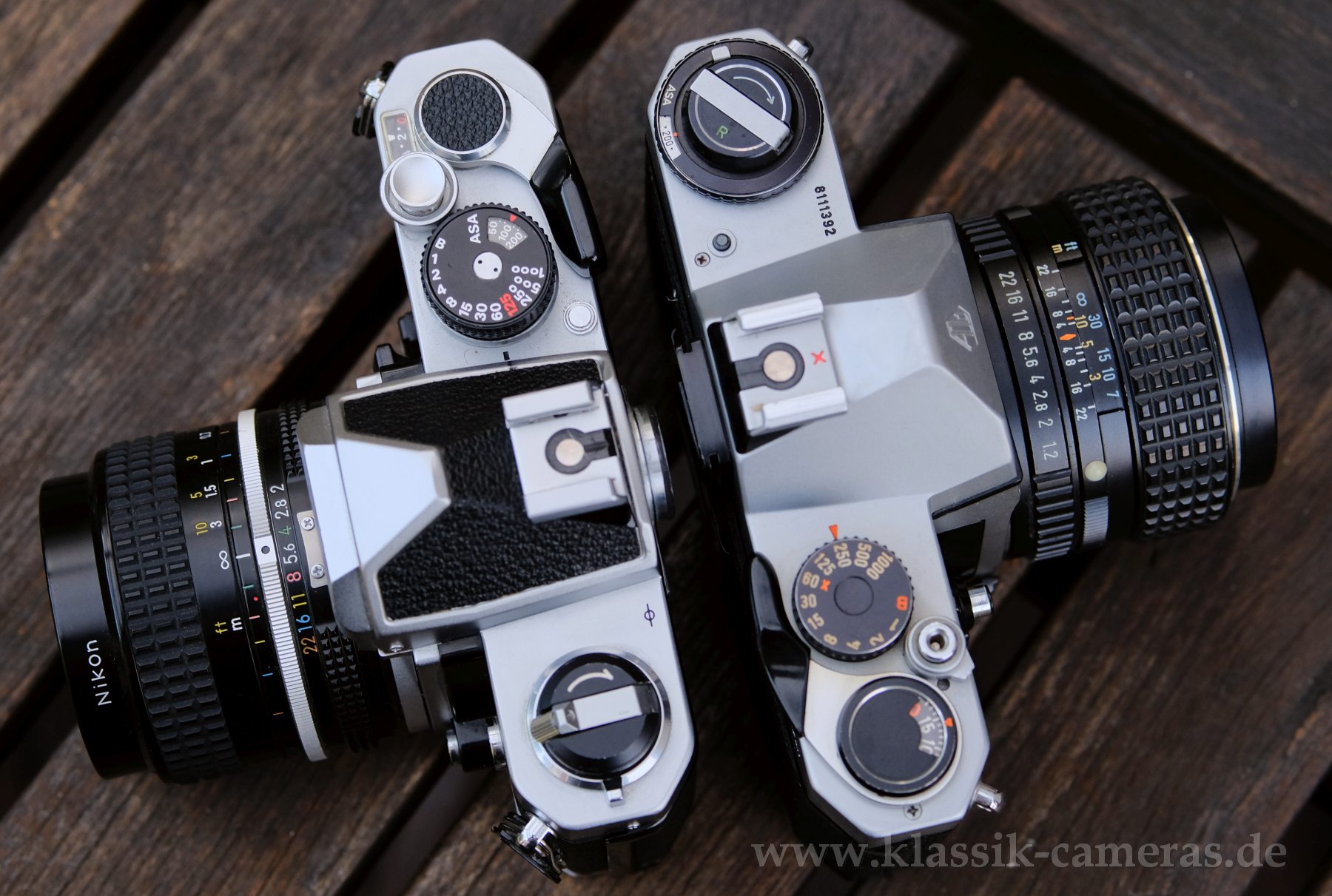
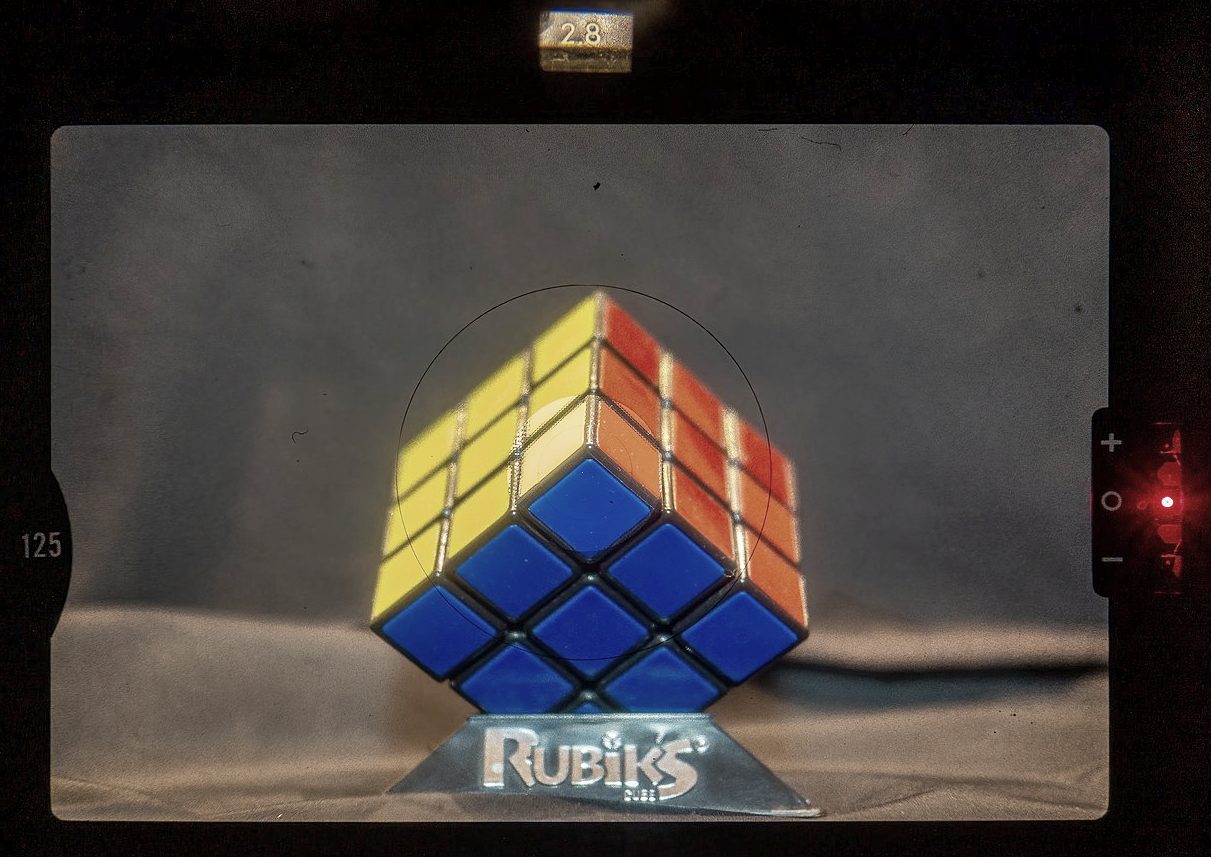

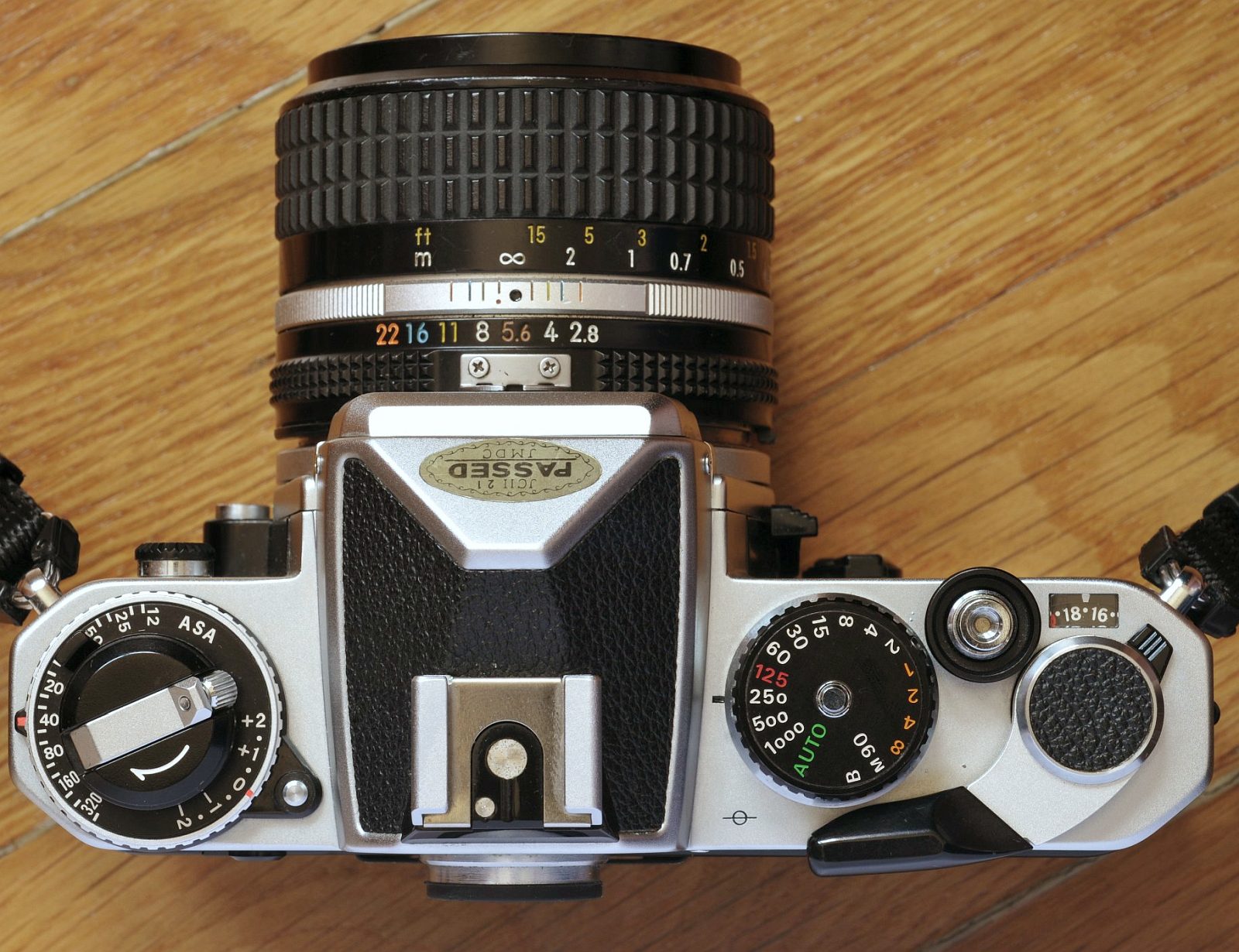
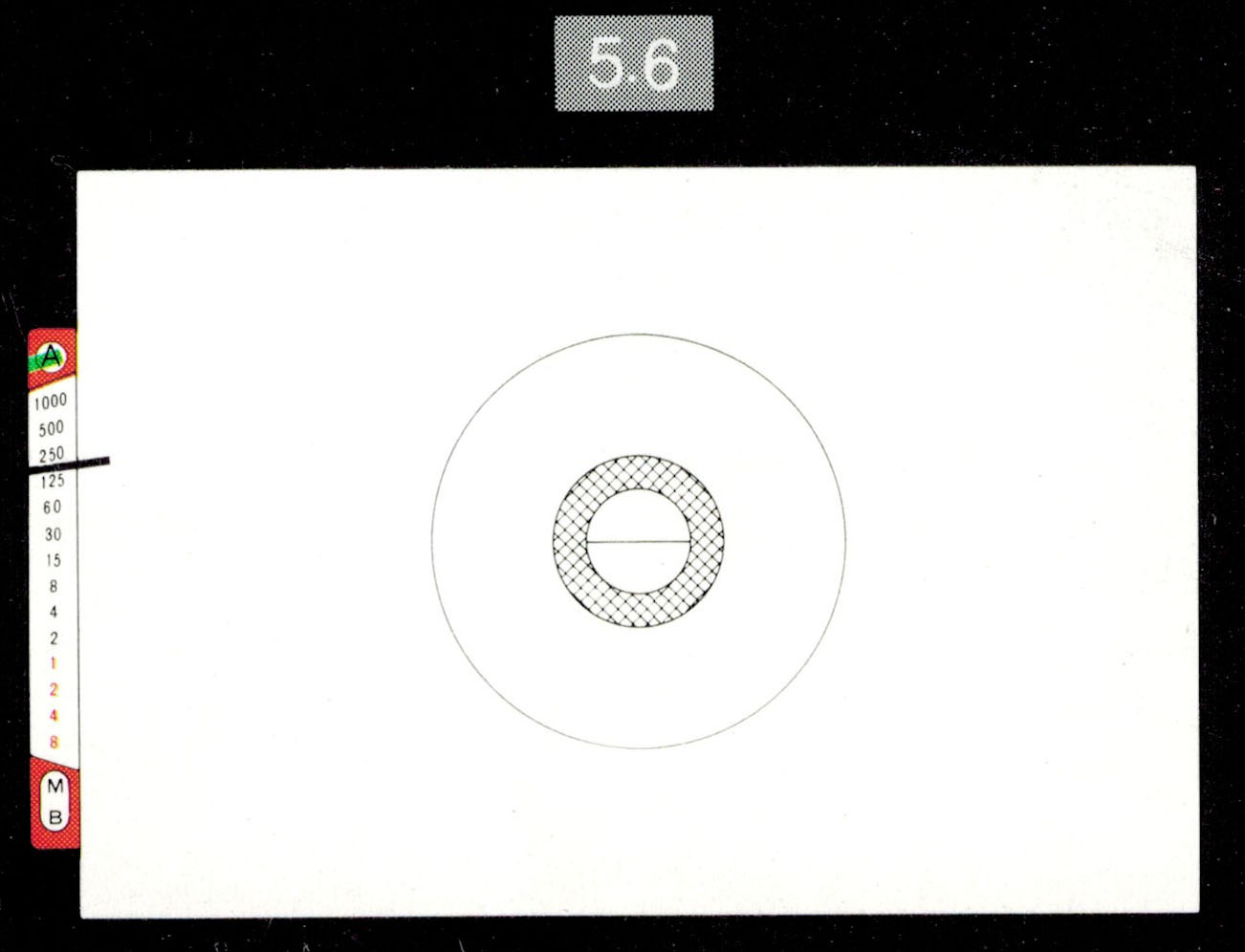
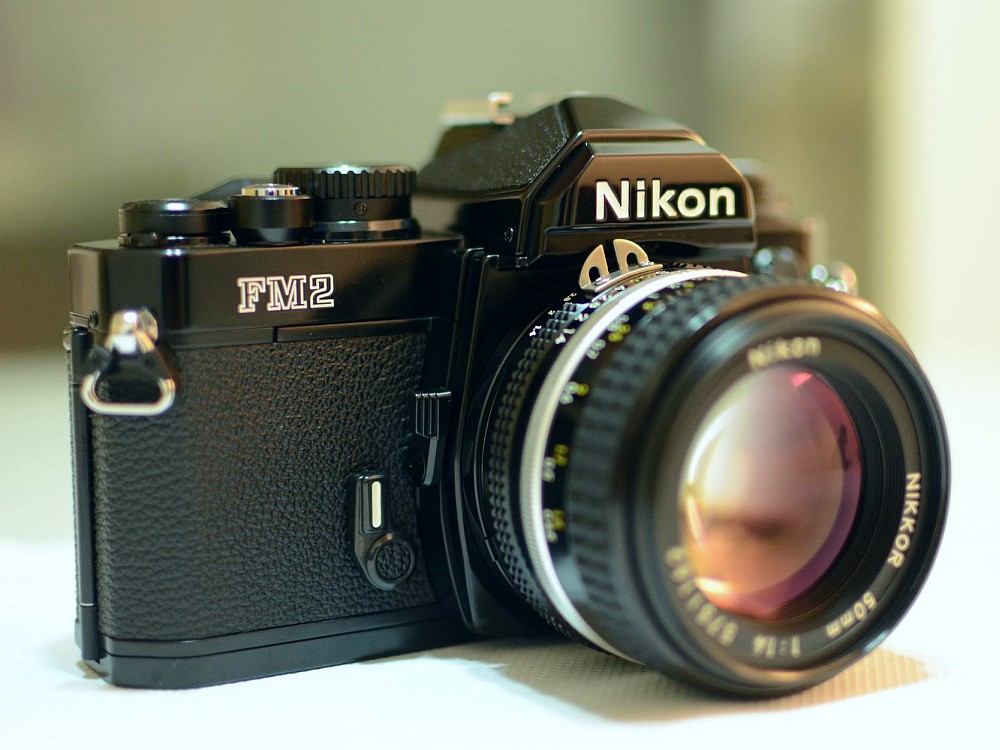


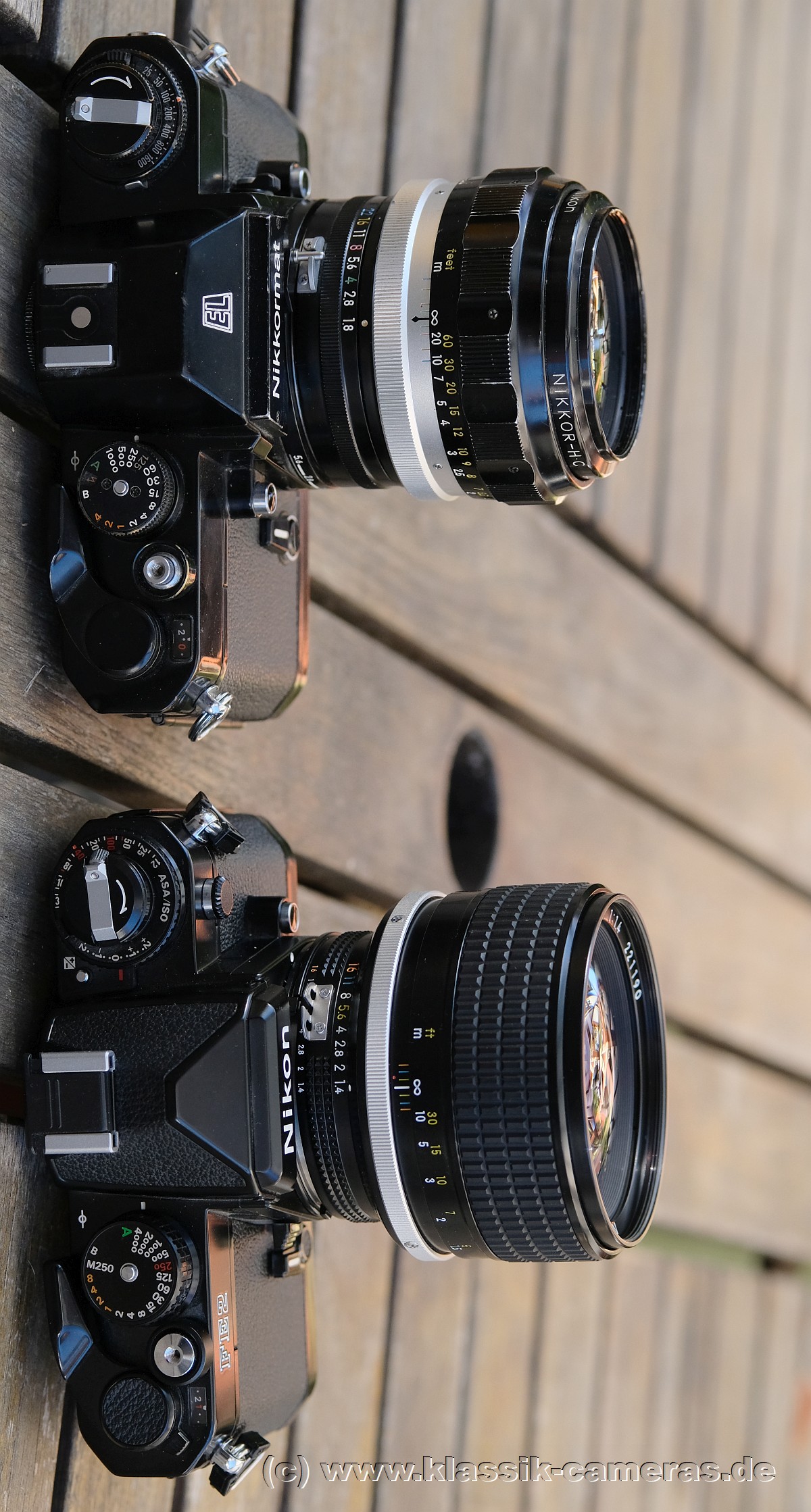
 |
 |
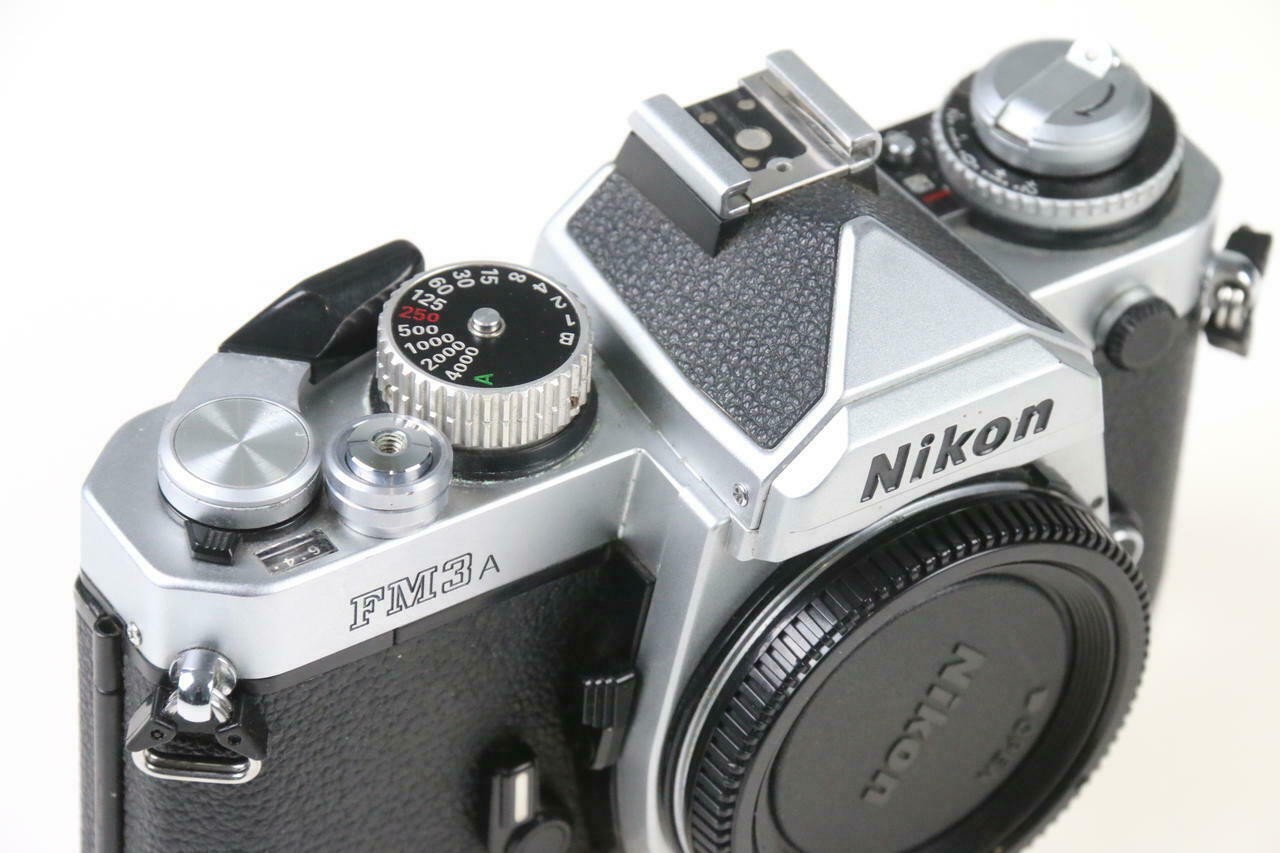
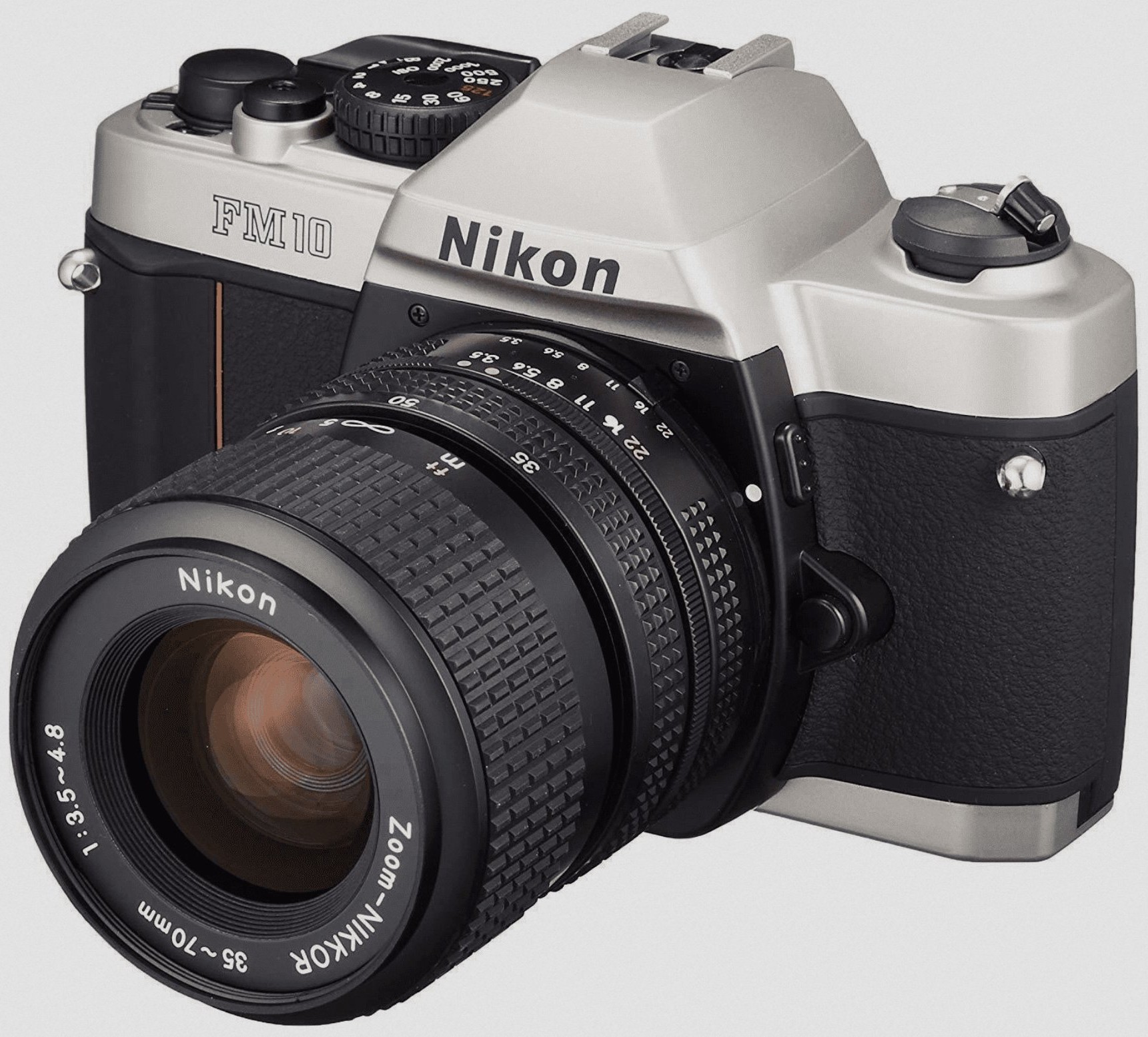
| If machines could feel happiness, they would be happy if they were used by people according to their technical specifications until the end of their service life due to wear and tear, and not just gathering dust on shelves or showcases. Countless people have successfully captured beautiful moments in their lives with these simple, robust cameras, and for some they may have become the first step towards serious photography with quality equipment (here with the "NIKON" logo) . Because that is what's counts! |